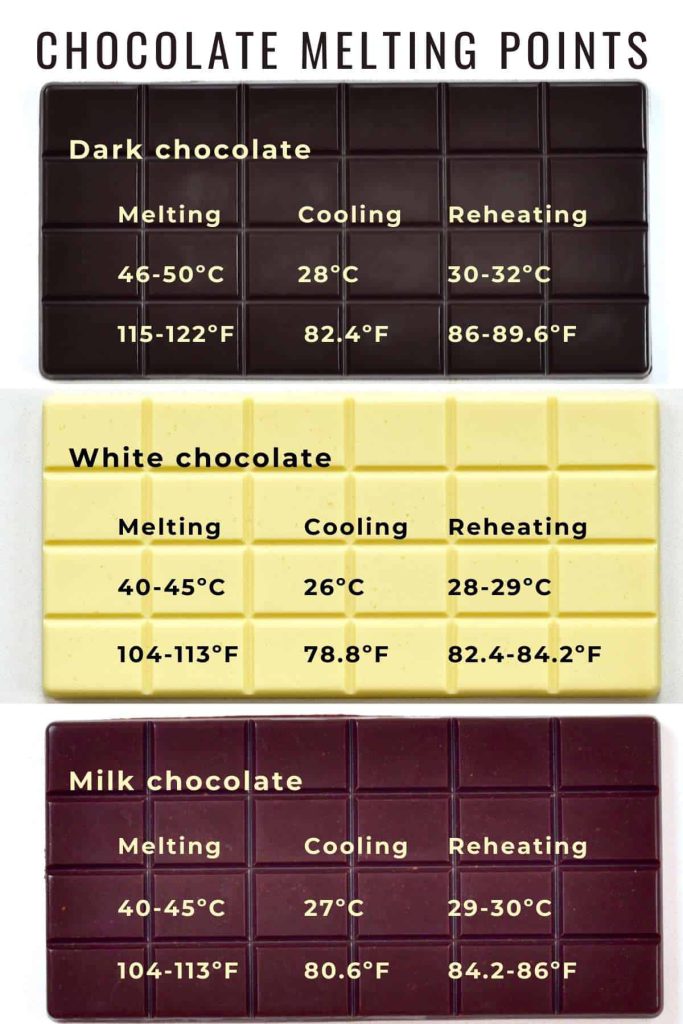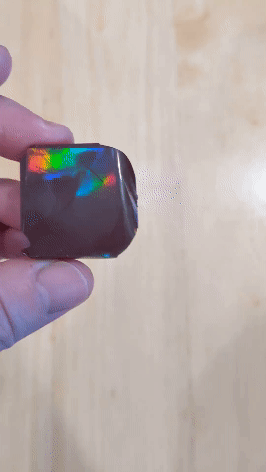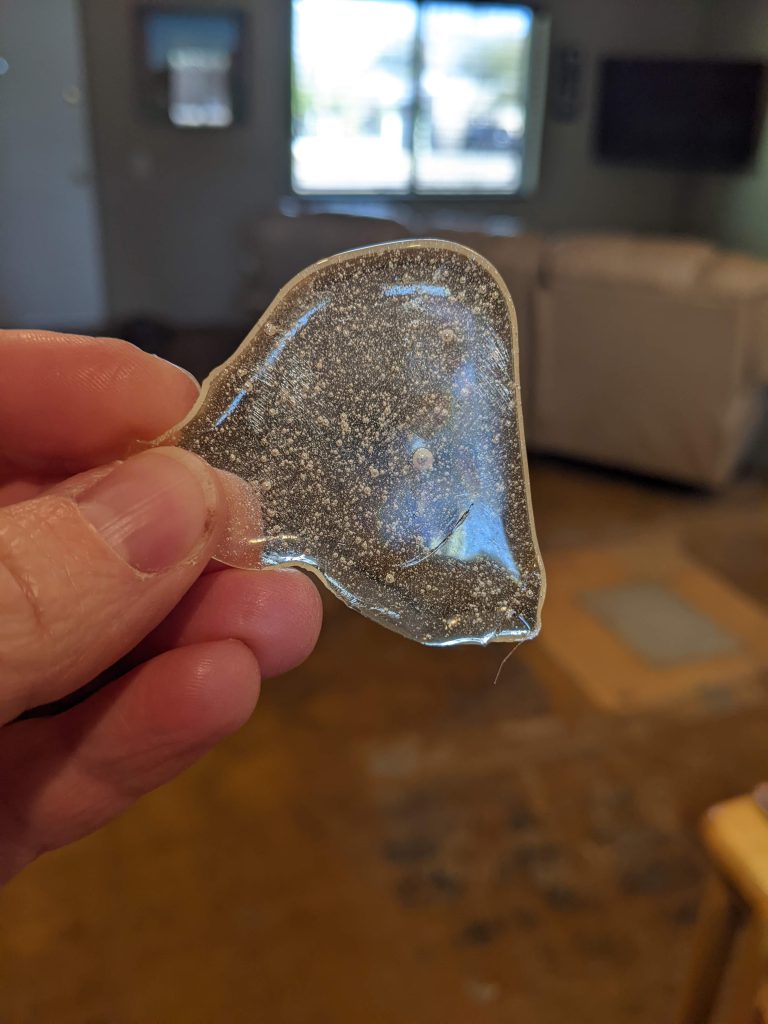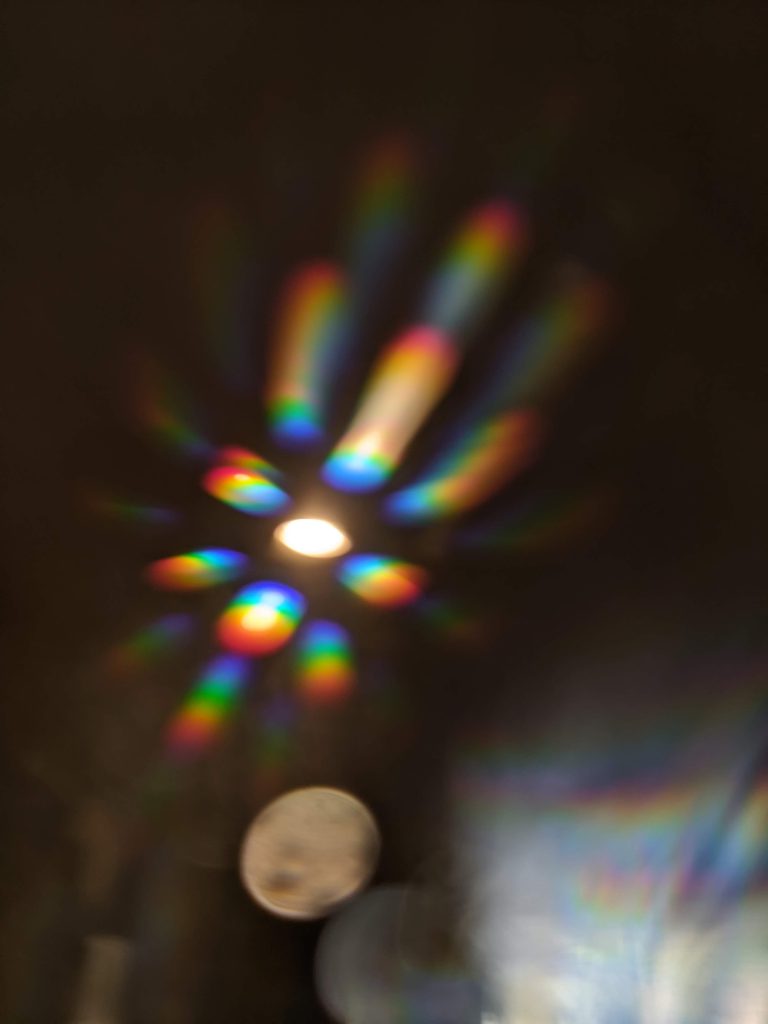Diffractive Chocolate
Overview: Take your science skills into the kitchen. Turn ordinary chocolate into an edible optics demo that shows how diffraction works.
Supplies: Stove, double boiler, heat proof spatula, candy thermometer, diffraction sheets, silicon molds (optional), chocolate bars or melting chocolate
Objectives: Diffraction is the bending of light. We do not need to look through a diffraction sheet to see the bending. Light can bounce off of fine grooved surfaces to show us how each wavelength of light refracts off of the surface.
Setup:
- If using molds, cut the diffraction sheets into pieces the size of the bottom of the molds. Place the diffraction pieces, diffraction side up, in the bottom of the mold
- Divide your chocolate into thirds, 2/3 are for melting, 1/3 is for the tempering
- Different chocolates have different tempering temperature, these temperatures are critical for proper tempering

- Follow this video (starting at minute 20 for chocolate) on how to temper chocolate and create the diffraction pieces
- If using molds, chocolate can be poured into molds quite easily
How to run the demo:
- Pass out the chocolate and explain what they see.

Try this:
Follow the instructions in the video (starting at minute 7:40) to make diffractive candy


What’s Happening?
White light can be separated into all seven major colors of the complete spectrum or rainbow by using a diffraction grating. The grating separates light into colors as the light passes through the many fine slits of the grating. Each color travels at a different speed and therefore has a different angle of refraction when it hits the grating. Chocolate makes a reflection gratings. Along with chocolate, a compact disc also makes a good reflection grating. When light passes through a grating it is called a transmission grating. A transmission grating is what is used to make the diffractive chocolate. Diffractive candy is a transmission grating.
Learn more: (external links)

